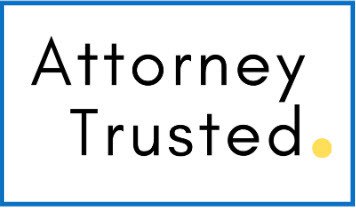What Is DXM? A Brief Overview
- Answered by: Andrew David Easler, Esq.
- Published: 09/16/2016
- Updated: 03/14/2023

We are an education company, not a law firm. While Attorney Trusted and reviewed, regulations may have changed since publication. The content is for general informational purposes only and is not legal advice. We make no guarantees about its accuracy or applicability. Always consult a qualified attorney for specific legal counsel.
Related courses
DOT Oral Fluid Collector Train-the-Trainer
$2,000.00
DOT Oral Fluid Collector Training
$900.00
FAA Reasonable Suspicion Training for Supervisors
$60.00
Non-DOT Urine Specimen Collector Train-the-Trainer
$2,000.00
DOT Urine Specimen Collector Error Correction Training
$490.00
DOT Saliva Alcohol Testing Training for Alco Screen 02
$700.00
DOT Alcohol Screening Test Technician Training (STT)
$750.00
FRA Reasonable Suspicion & Toxicological Testing Training
$75.00
Drug-Free Workplace Training for Employees
$35.00
USCG Designated Employer Representative Training (DER)
$350.00
DOT Reasonable Suspicion Training for Supervisors
$60.00
Non-DOT Reasonable Suspicion Training for Supervisors
$55.00











